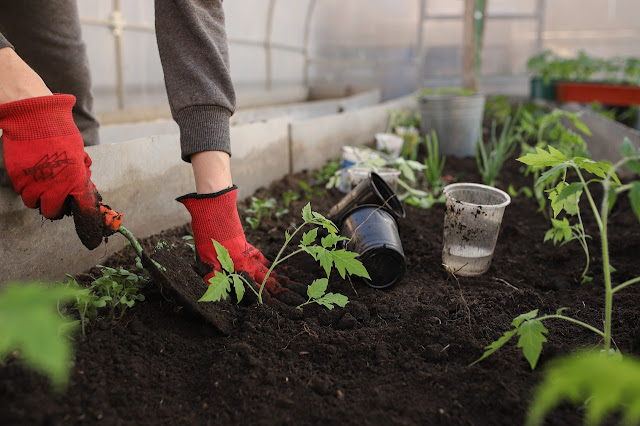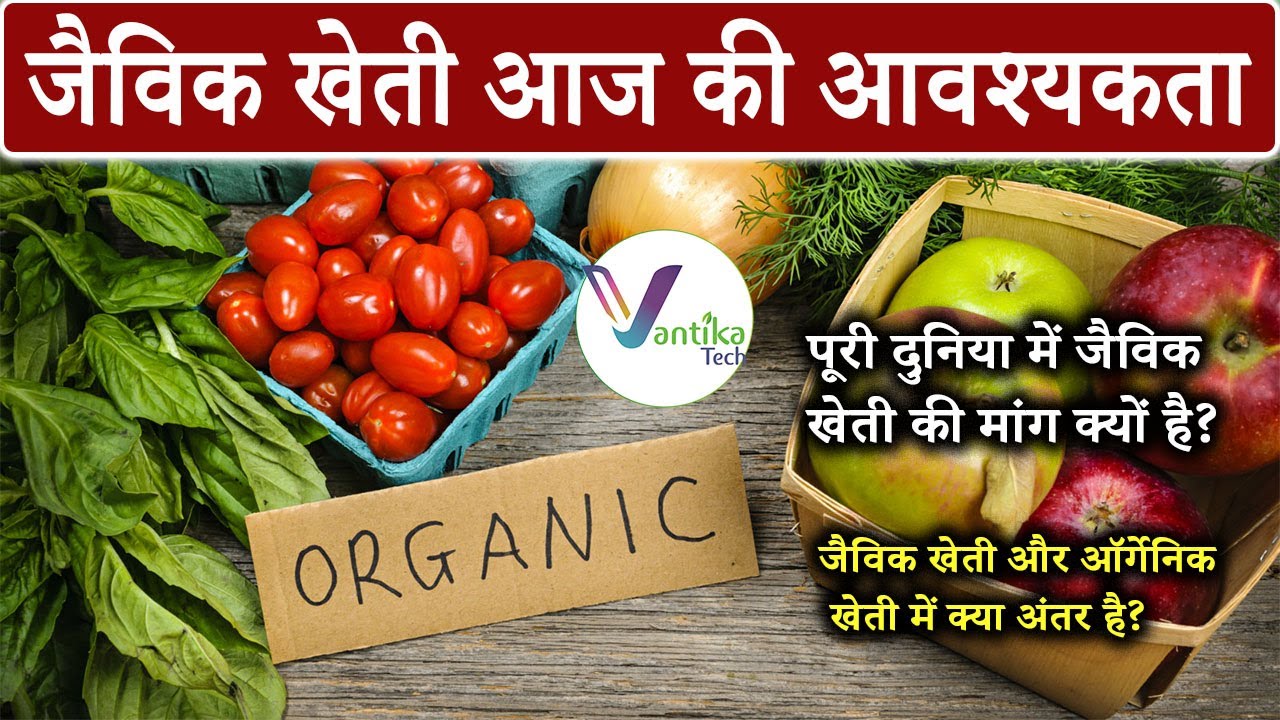India's agriculture has been traditionally reliant on nature, with farming practices closely tied to seasonal patterns, monsoon rains, and natural resources. However, in recent years, the changing climate and the effects of global warming have significantly impacted agricultural practices and productivity. Here are some key aspects of how climate change and global warming are affecting farming in India:
Erratic Monsoons: Monsoon rains are crucial for agricultural activities in India, as they replenish water bodies, irrigate crops, and support overall ecosystem health. However, climate change has led to increasingly erratic monsoons, with unpredictable rainfall patterns, delayed or early onset of monsoons, and changing spatial distribution of rainfall. These variations make it challenging for farmers to plan their sowing and harvesting activities, leading to potential crop losses and reduced yields.
Droughts and Water Scarcity: Climate change has intensified the frequency and severity of droughts in various regions of India. Prolonged dry spells and water scarcity pose significant challenges for farmers, particularly those dependent on rainfed agriculture. Droughts lead to crop failures, loss of livestock, and economic hardships for farming communities. Water management and conservation practices become vital to mitigate the impact of water scarcity on agriculture.
Heat Stress: Rising temperatures due to global warming expose crops to heat stress, especially during critical growth stages. Heat stress affects plant physiology, leading to reduced crop yields and quality. Crops like wheat, rice, and maize are particularly sensitive to temperature fluctuations. Adaptation strategies such as the cultivation of heat-resistant crop varieties and altered planting schedules are becoming necessary to cope with increasing temperatures.
Extreme Weather Events: Climate change has contributed to an increase in extreme weather events like cyclones, floods, and storms. These events can cause significant damage to crops, infrastructure, and agricultural lands, disrupting livelihoods and food security. Strengthening disaster preparedness and implementing climate-resilient agricultural practices become crucial to minimize the impact of such events on farming communities.
Pests and Diseases: Changing climatic conditions can alter the distribution and prevalence of pests and diseases, affecting crops and livestock. Rising temperatures and humidity can lead to increased pest populations, causing substantial losses to agricultural production. Integrated pest management strategies, pest-resistant crop varieties, and early warning systems become essential tools for pest and disease control.
Shifts in Crop Suitability: The changing climate may also influence the suitability of certain crops in specific regions. Some traditional crops may become less viable due to altered temperature and moisture conditions, while others may thrive in new environments. Farmers need to adapt their crop choices and practices accordingly to ensure sustainable and profitable agriculture.
Soil Health and Fertility: Climate change can impact soil health, fertility, and nutrient availability. Changes in rainfall patterns and temperature can affect soil moisture levels and nutrient cycling, leading to reduced soil fertility. Conservation agriculture practices, organic farming, and soil health management become vital to preserve and enhance soil productivity.
Impact on Livestock: Climate change also affects livestock farming, with heat stress, water scarcity, and changing vegetation impacting animal health and productivity. Implementing climate-smart livestock management practices, ensuring access to clean water, and providing shade become crucial for livestock farmers.
Technology Integration
Integrating technology into agriculture is becoming imperative to cope with climate challenges. Smart farming techniques that utilize IoT devices, drones, and AI-driven analytics provide real-time data on weather conditions, soil health, and crop performance. This data-driven approach allows farmers to make informed decisions, optimize resource utilization, and minimize risks.
Water Management
With changing rainfall patterns, efficient water management becomes vital. Rainwater harvesting, drip irrigation, and water recycling methods help conserve water resources and ensure their judicious use. Implementing water-efficient practices ensures that crops receive sufficient water during dry spells, reducing water-related stress on farmers.
Crop Diversification
Monocropping, a common practice in Indian agriculture, increases vulnerability to climate risks. Crop diversification, planting multiple crops, and introducing climate-resilient varieties enhance agricultural resilience. It helps farmers hedge against potential losses as different crops respond differently to climate variations.
Climate-Resilient Varieties
Developing and promoting climate-resilient crop varieties is essential to mitigate the impact of climate change on agriculture. These varieties are bred to withstand adverse weather conditions, pests, and diseases, ensuring stable yields even under challenging circumstances.
Government Initiatives
The Indian government is taking initiatives to promote climate-smart agriculture. Schemes like the Pradhan Mantri Fasal Bima Yojana (PMFBY) offer crop insurance to safeguard farmers against weather-related risks. Additionally, financial incentives and subsidies for adopting sustainable practices encourage farmers to embrace climate-resilient methods.
Farmer Training and Education
Providing training and education to farmers about climate change and sustainable farming practices are crucial. Awareness programs, workshops, and extension services empower farmers with knowledge and skills to adapt to changing conditions effectively.
Conclusion
As climate change continues to impact India's agriculture, embracing sustainable and climate-resilient practices is essential for the sector's survival and growth. Integrating technology, crop diversification, and water management are key components of climate-smart agriculture. Government support, farmer education, and research into climate-resilient crop varieties are vital in ensuring a sustainable future for Indian agriculture amidst the challenges of global warming and climate change. By prioritizing climate adaptation and sustainable practices, India can build a more resilient agricultural sector capable of providing food security and economic prosperity for its farmers and the nation as a whole.
Thanks for visiting us.
#ClimateSmartAgriculture #SustainableFarming #ClimateResilience #FarmersOfIndia
#AdaptingToChange



No comments:
Post a Comment